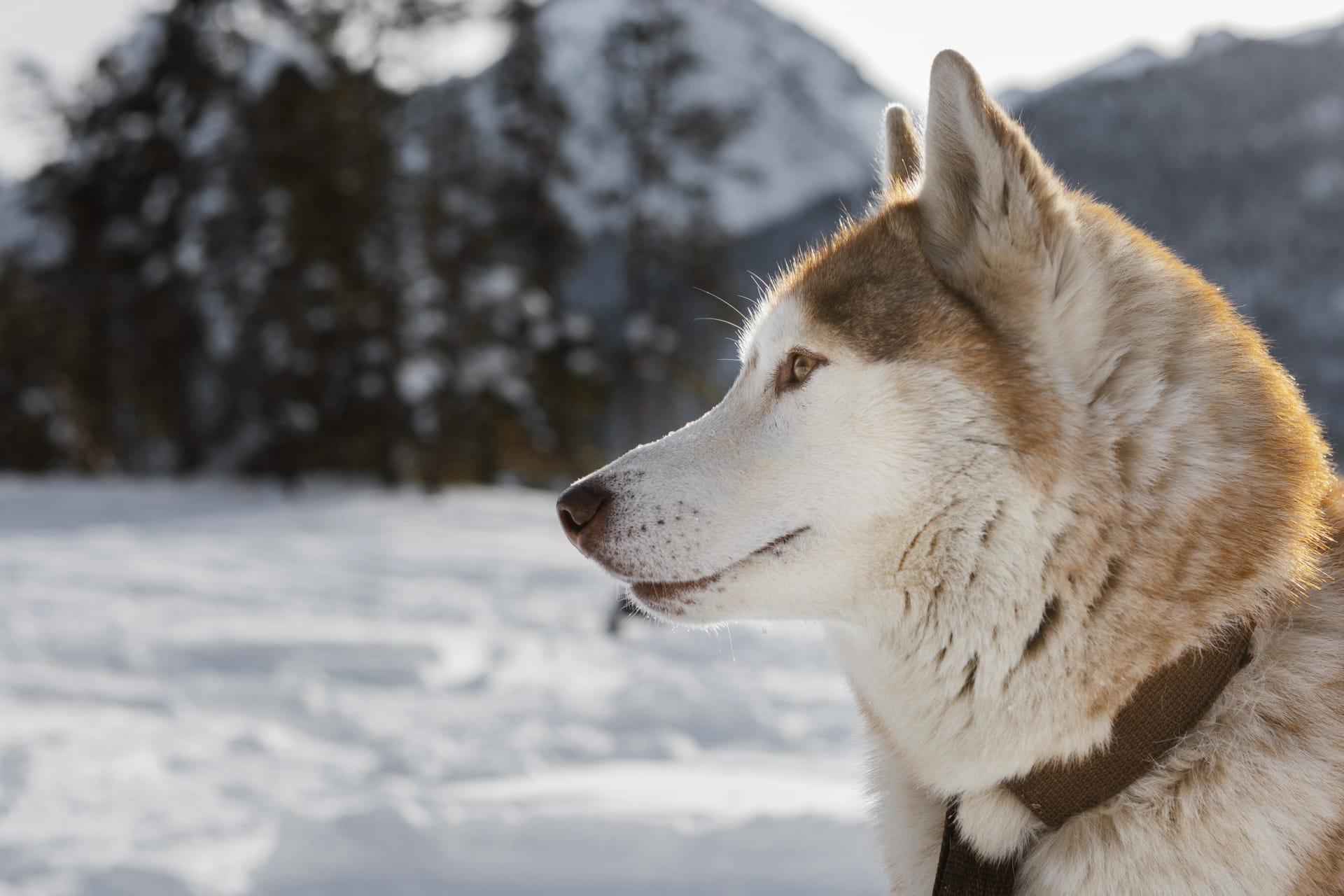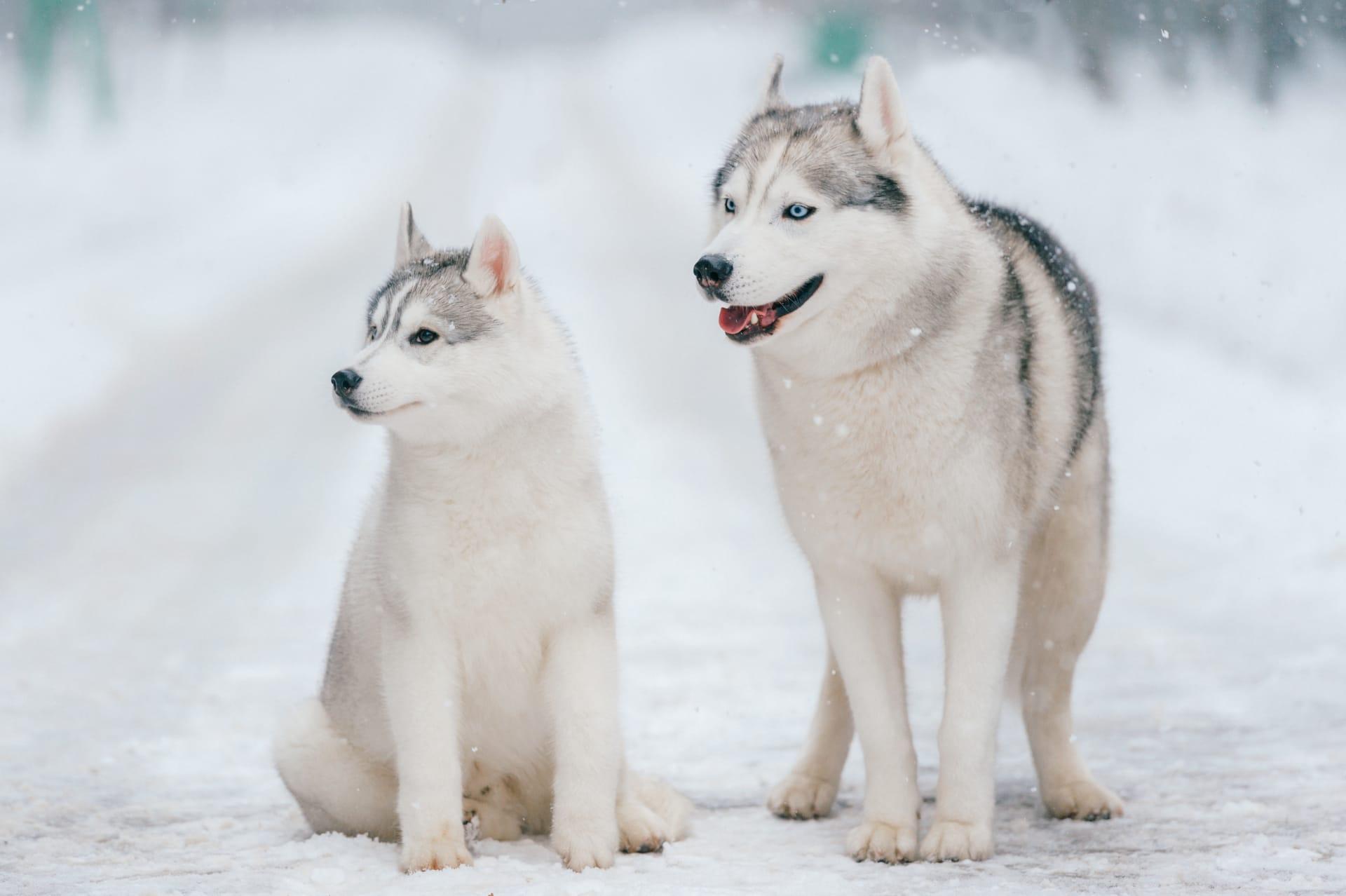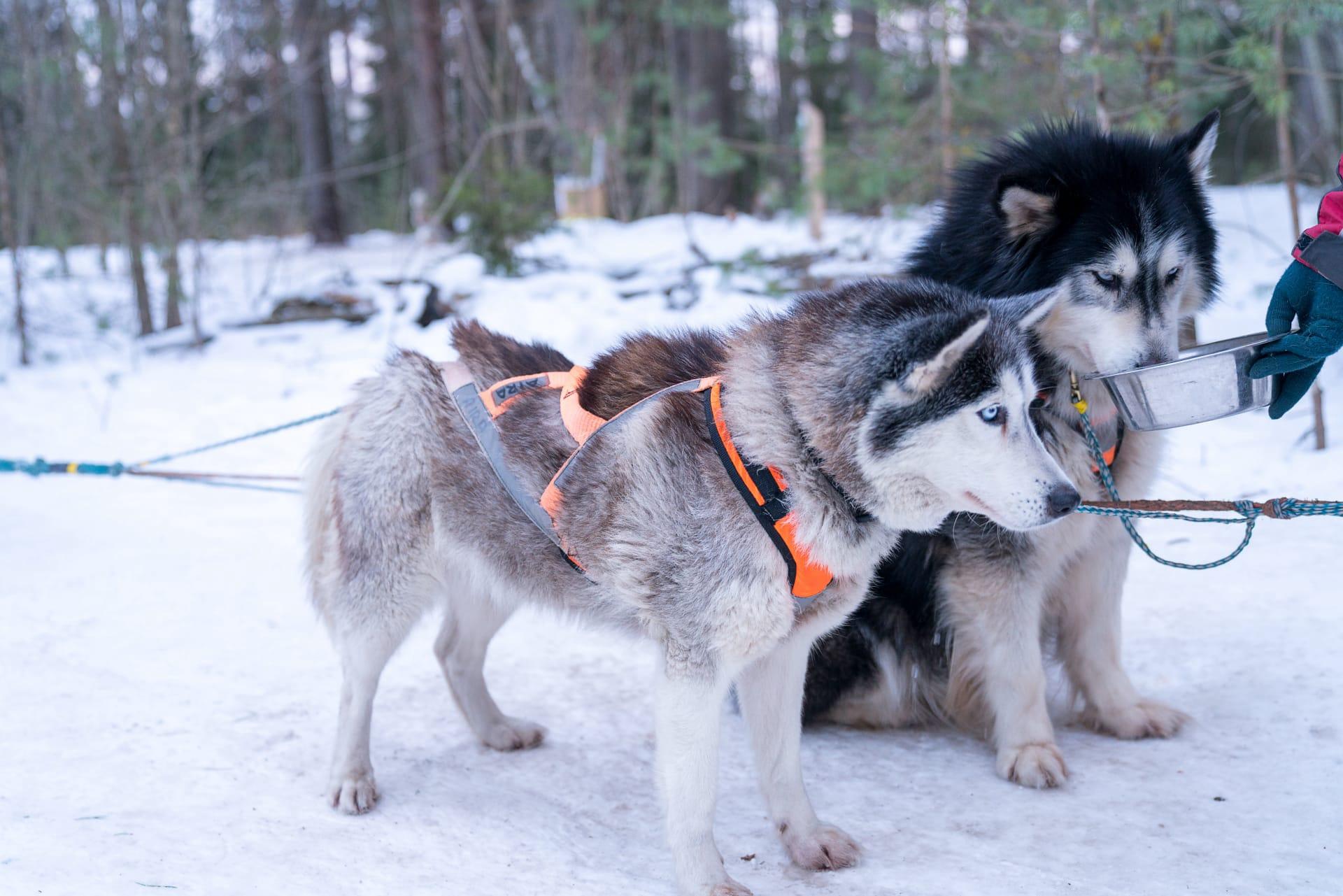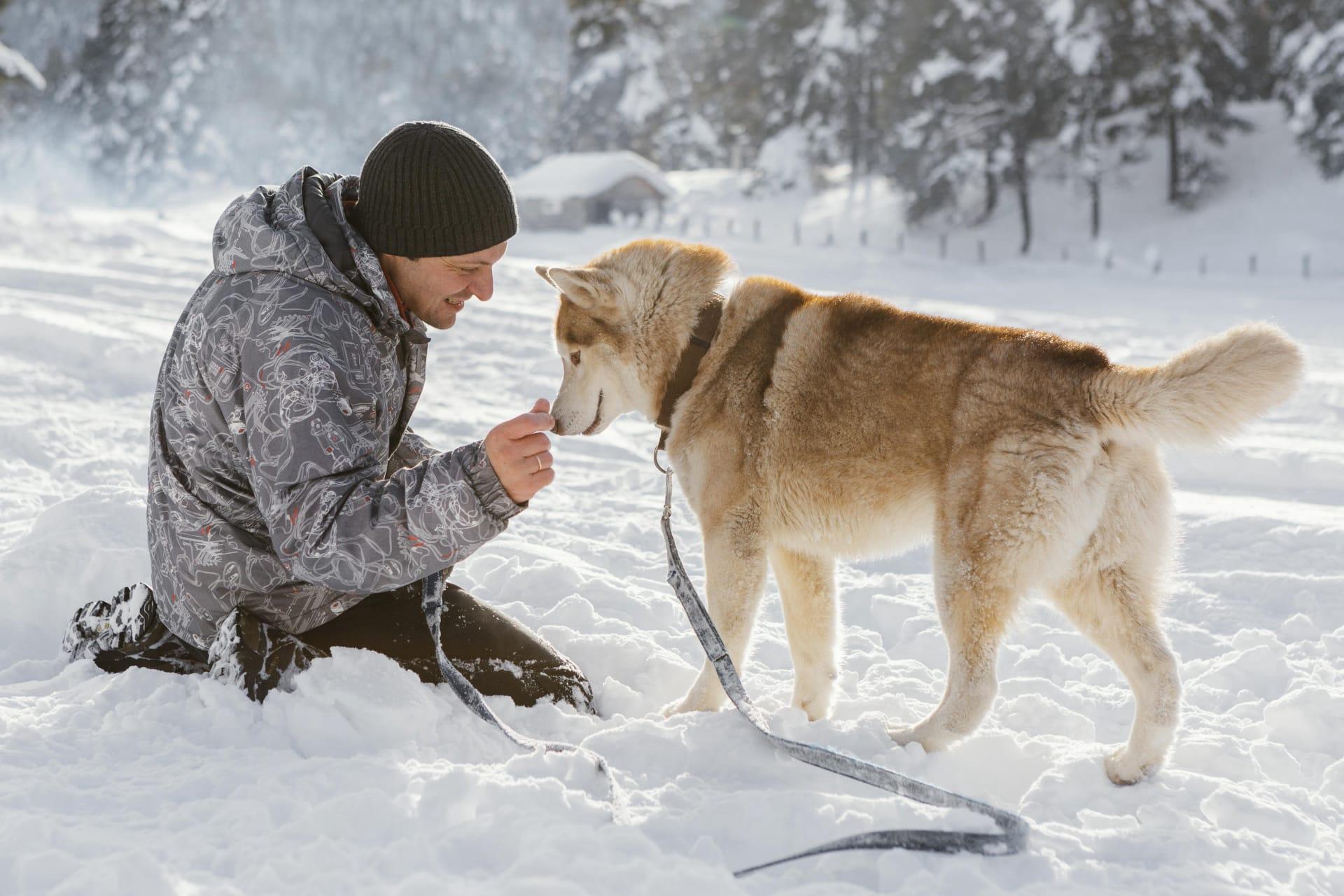Husky
- Home /
- Mini Encyclopedia /
- Animal /
- Husky
1
Huskies, a breed well-known for their wolf-like appearance and piercing blue eyes, belong to the Canidae family, which includes domestic dogs, wolves, and other similar mammals. Scientifically, they are classified under the genus Canis, species Canis lupus, and subspecies Canis lupus familiaris. Originally bred by the Chukchi people in Siberia, Huskies were developed to pull sleds over long distances in cold climates.
The geographical distribution of Huskies is fascinating. While they originated in Siberia, Russia, their popularity and adaptability have led to their spread across the world, particularly in regions with colder climates. In the United States and Canada, they have become a common sight, especially in areas known for winter sports and activities. Huskies are also found in parts of Europe and have been increasingly popular as family pets and show dogs due to their striking appearance and friendly nature.

2
Question: Do Huskies need cold weather to be happy and healthy?
Answer: Contrary to popular belief, Huskies can adapt to various climates, not just cold weather. While they thrive in cooler temperatures due to their thick double coat, which provides insulation, they can also adapt to warmer climates with proper care. It's crucial to provide them with adequate shade, air conditioning, and water in hotter environments. Overexposure to heat can lead to health issues like heatstroke. Huskies' adaptability to different climates showcases their resilience and versatility as a breed.

3
The relationship between Huskies and humans is a tale of companionship and teamwork. Historically, Huskies were bred by indigenous people in Siberia for their strength and endurance to pull sleds over long distances, which was crucial for transportation in snowy, remote areas. Their friendly and cooperative nature made them ideal for working closely with humans.
Today, this bond continues as Huskies often participate in dog sports like sled racing and skijoring. Beyond their working capabilities, Huskies are cherished as family pets. Their playful, energetic, and sociable personality makes them excellent companions, particularly for active individuals and families. They are also known for their vocal nature, often "talking" through howls and whines, creating a unique and entertaining form of communication with their human counterparts.

4
The origins of the Husky can be traced back over 4,000 years to northeastern Asia, specifically Siberia. Bred by the Chukchi people, these dogs were essential for survival in harsh Arctic conditions, valued for their ability to transport goods and people across vast, snowy expanses.
Through evolution, Huskies have developed unique traits to thrive in cold environments. Their thick double coat, compact size, and efficient gait make them excellent sled dogs. Over time, they were selectively bred for qualities like endurance, strength, and speed. Their wolf-like appearance, including varied coat colors and striking blue or multi-colored eyes, has also evolved, making them one of the most visually distinctive breeds.

5
Film: "Snow Dogs" (United States, 2002) is a family comedy film featuring Huskies. Set in Alaska, it tells the story of a Miami dentist who inherits a team of sled dogs. The film showcases the bond between the Huskies and their new owner, highlighting their playful spirit and loyalty.
Book: "Winterdance: The Fine Madness of Running the Iditarod" (United States, 1994) by Gary Paulsen. This non-fiction book details Paulsen's adventures in preparing for and running the Iditarod Trail Sled Dog Race with his team of Huskies. It offers an insightful and often humorous look at the challenges and rewards of sled dog racing.
Book: "The Call of the Wild" (United States, 1903) by Jack London. Although not exclusively about Huskies, this classic novel features a dog named Buck, part St. Bernard and part Scotch Shepherd, who is taken to the Yukon during the Klondike Gold Rush. The story, often considered a reflection on the natural world and the struggle for survival, includes interactions with Husky breeds and provides a vivid depiction of life in the cold northern territories.